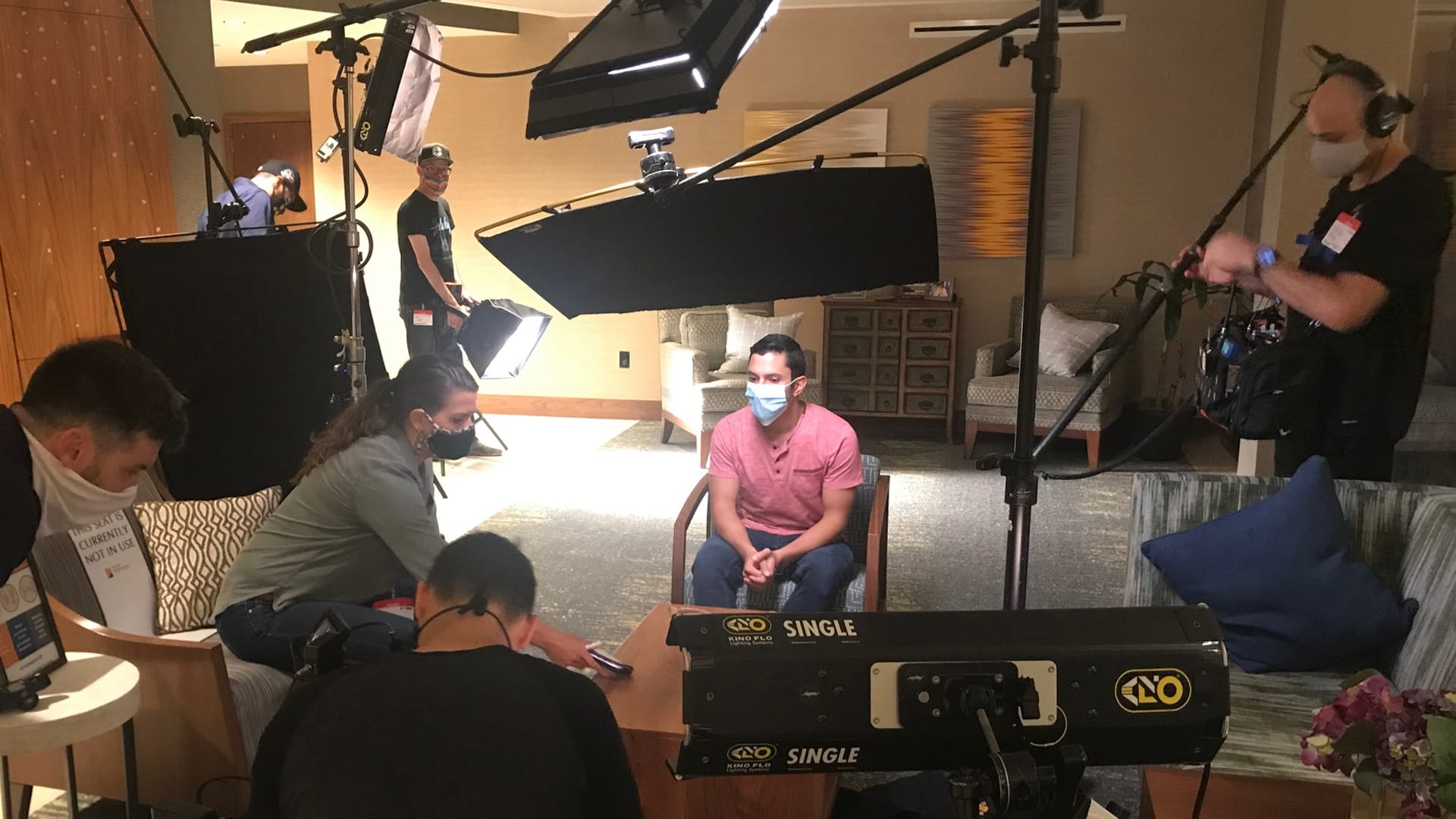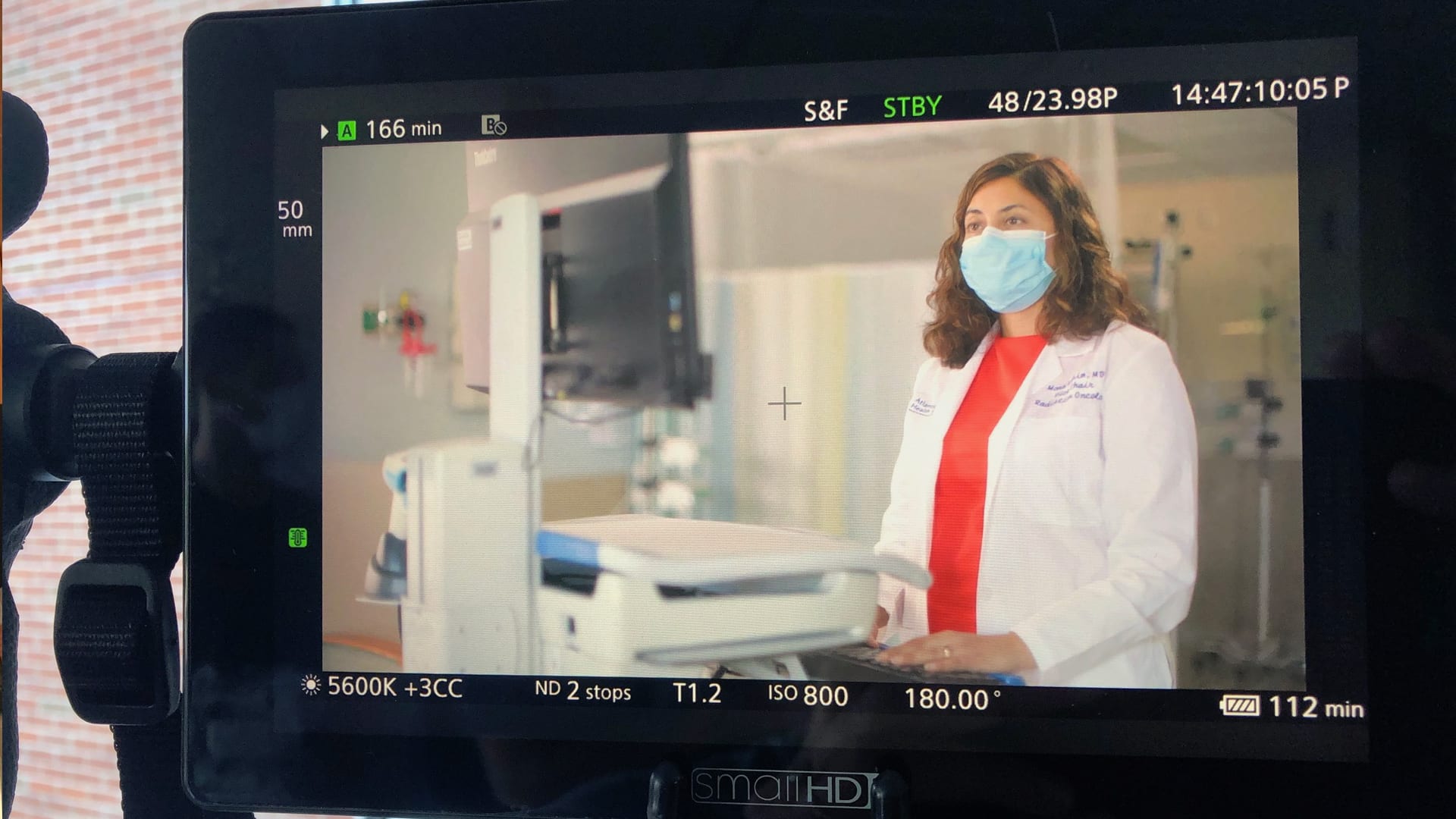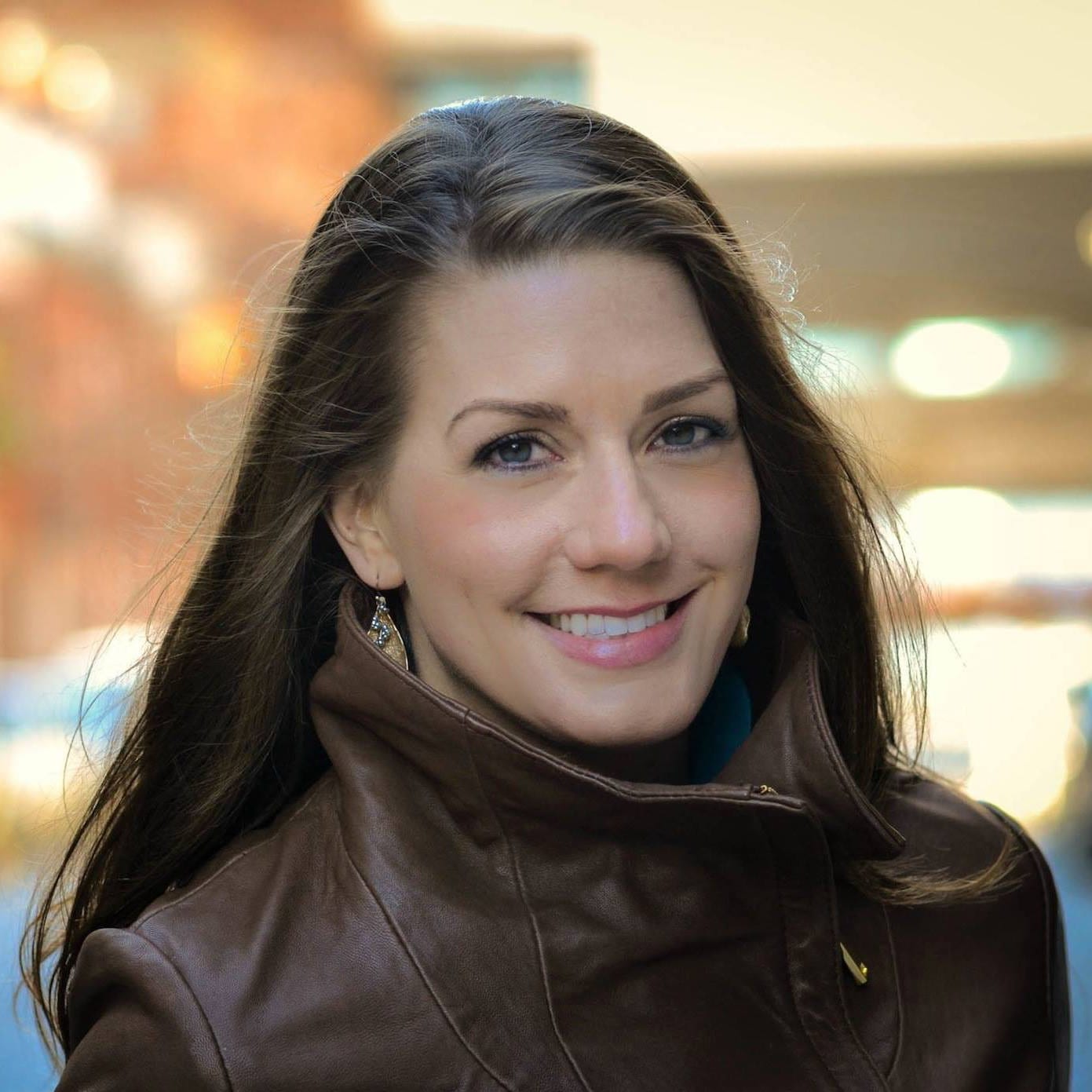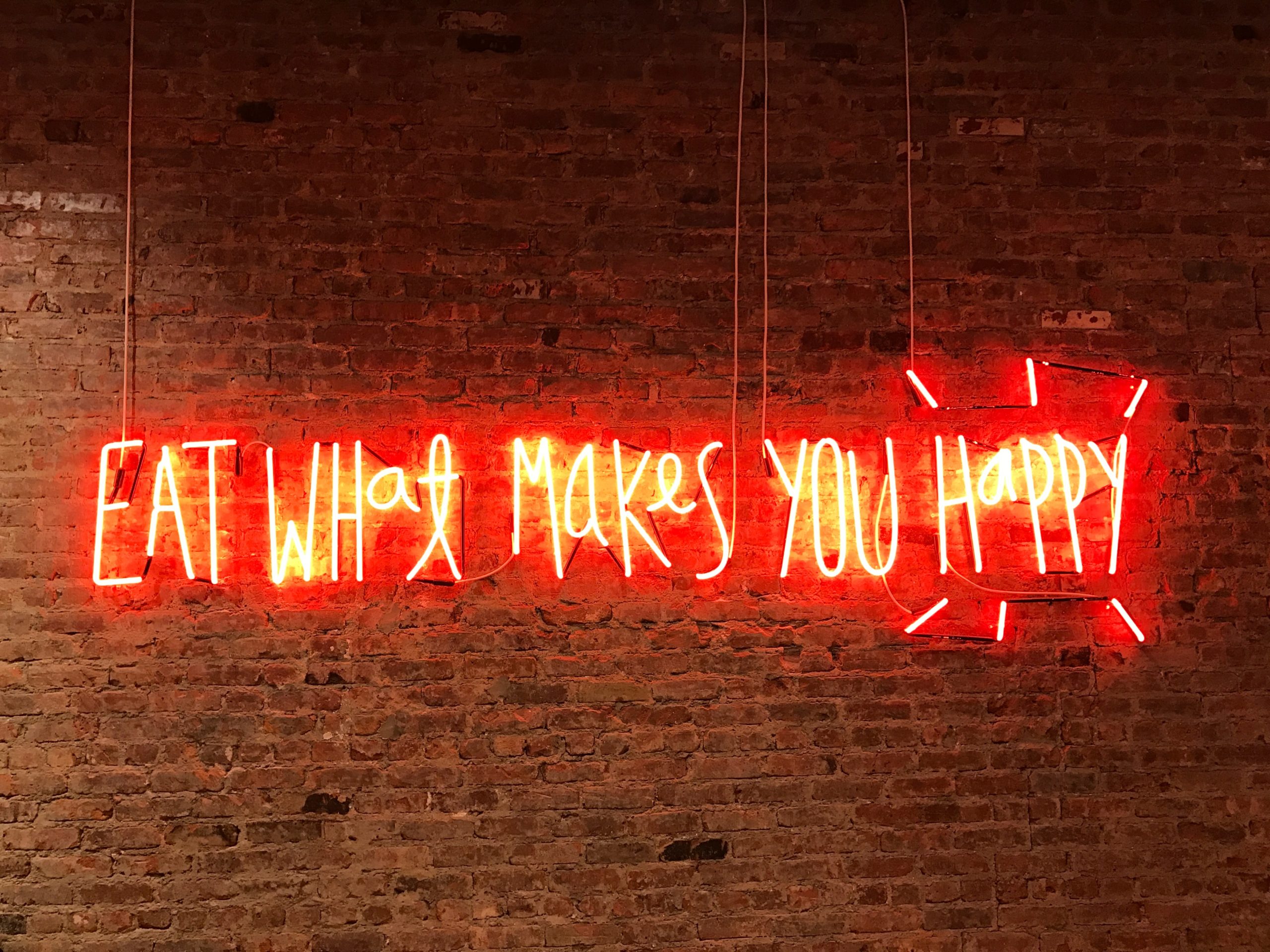When you work with purpose, the meaning behind the effort awakens something inside, and you realize you are a small part of something much bigger than yourself. It’s a humbling experience.
Consciously working with purpose is a life goal of mine, so the opportunity to work on Atlantic Health System’s “Ask Her” breast cancer awareness campaign, especially during this pandemic, resonated deeply. I’ve had two girlfriends, in their 30s and 40s, diagnosed in the last six months. The urgency behind the message was personal to me, and it drove the work.

Routine care, like a mammogram, may be put off during COVID-19. But an estimated 276,480 new cases of invasive breast cancer are expected to be diagnosed in the U.S. this year. The message to get a routine mammogram is more urgent than ever and could potentially save lives, which is why AHS asked Ketchum Studios to make an impactful thirty-second commercial to air during October—Breast Cancer Awareness Month.
AHS came to us with a powerful concept that they had filmed in the past on their phones: men and women looking to camera and urging family and friends to “Just Ask Her” (i.e., an important woman in your life) if she has gotten her annual mammogram. It was a great start, but we knew we could elevate the concept with more precise messaging, image quality, diversity and emotion—and, most significantly, with an in-person crew, instead of remotely or on phones.
Ketchum Studios has worked hard to be agile during the pandemic, but this would be one of our larger shoots since the pandemic began, and protocols needed to be followed closely. Our Ketchum Studios team listened to our client’s concerns about content and filming within two busy hospitals where temperature screenings and a minimal footprint were imperative. As a producer and director, I knew we could deliver.
Partnering with our client team in Raleigh was vital, and writer Mindy Lance got to work on what AHS was asking for: an emotional, inspirational and hopeful script. We knew we needed a diverse range of men, women and children to portray sons, daughters, clinicians and doctors, so instead of hiring actors, our client stepped in and cast Atlantic Health System employees as our talent, some of whom had family members who were treated for breast cancer within the hospital system. For them, this was personal.
With an approved script, shot sheet and shoot schedule in hand, we had only about 13 hours to film everything. We moved between two different AHS hospital locations with 12 different talent filming on 11 different “sets” that we were creating within the hospitals. The challenge, in most cases, was making it look like we were not in a hospital! We created a living room out of a waiting area, a kitchen out of a café space, a home office out of a reading room and so forth. Because we were working in a very busy hospital, traffic flow was inevitable, and stops and starts were abundant.
In all, we crewed a group of nine, including our director of photography, Larry Langton, multiple grips and gaffers, and co-EP, Mike Wuebben, who helped me direct crew and talent throughout the day (and made sure we all got lunch). As our crews worked ahead to set and light the next space on our shot list, we often filmed with just a few people in the “action” space. This worked well not only for COVID-19 protocols within the hospital, but because at one point we filmed within the breast center where patients were actively being treated.

As we worked with the client on-set, it was important to perceive how scripted lines were coming across on camera. In some cases, we were improvising on the fly, throwing out lists of lines and other ideas as they arose and asking talent to repeat them back in the most authentic way possible. At other times we asked talent—who again were not paid actors!—to speak from the heart, saying what came to mind in the moment. It was invigorating, fun and spontaneous.
As we wrapped at the end of the day, I had two drives in hand to ship to our editors. Since we’re all working remotely, our producing team doesn’t have the opportunity to sit behind our editors in an edit suite as we normally would. Because of that, scripts and shoot notes have to be precise, and transcription is a must. Once the material was loaded, our team was able to turn around a cut for the client to review within three days. Revisions were minimal, and two weeks after filming, a powerful, heartfelt, enthusiastic and most of all hopeful spot was on the air with Comcast, NBC, ABC and CBS.
I am extremely proud of the efficient way our team works. Because we all have backgrounds rooted in the fast-paced world of network television, our training and experience translates easily to brand work. This knowledge of taking a project in, listening to our client’s goals and counseling on the most efficient and budget conscious solutions to fit their ask, is the intangible that our team delivers on over any other production house. The experience we have as a team allows us to mobilize for the client’s needs and help them bring the power of their messages to life.
Working with purpose. I’m grateful to be able to do it.
If you’d like to talk more about Ketchum Studios, our agile working process or our passion for purpose, please reach out.



